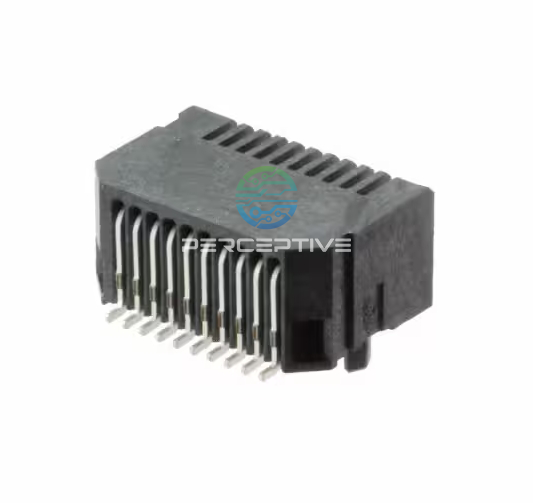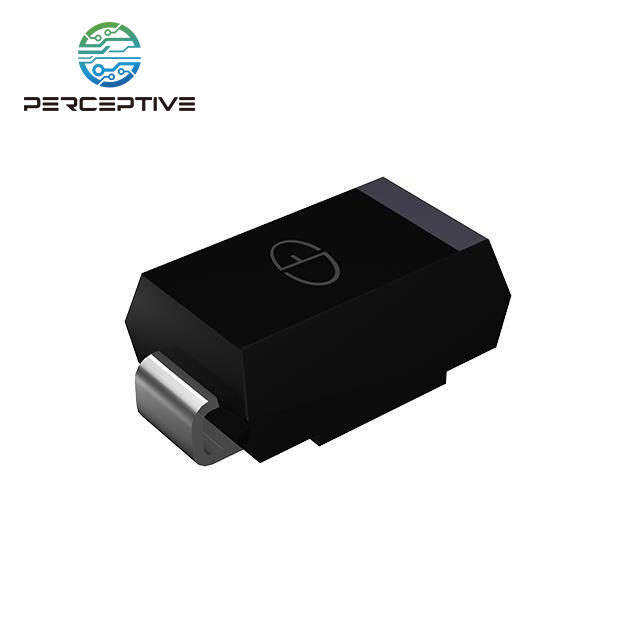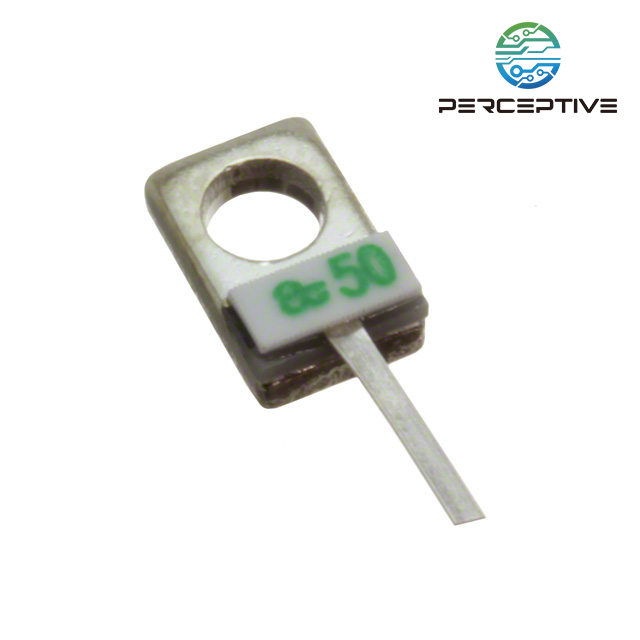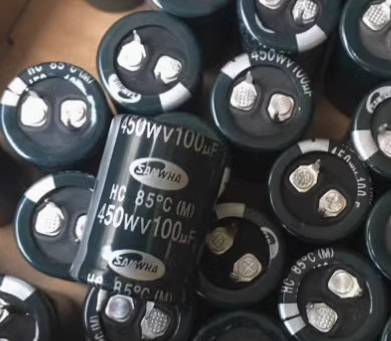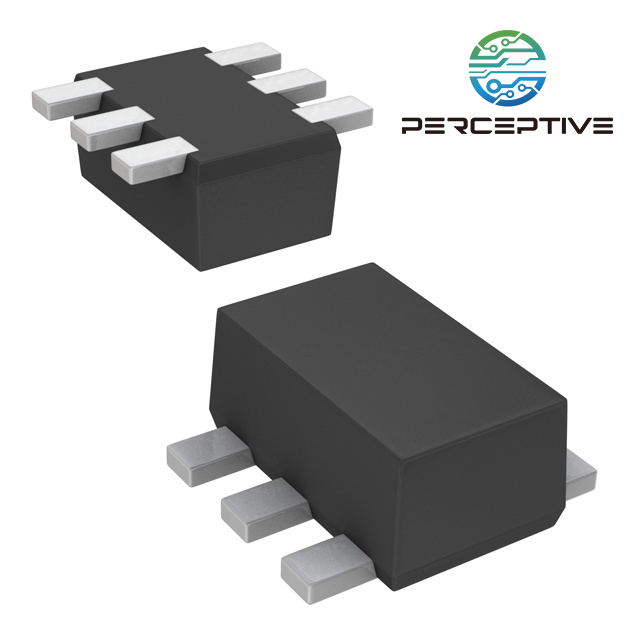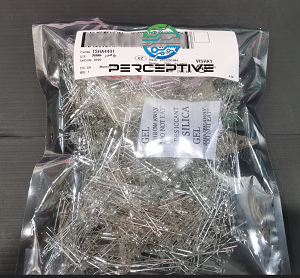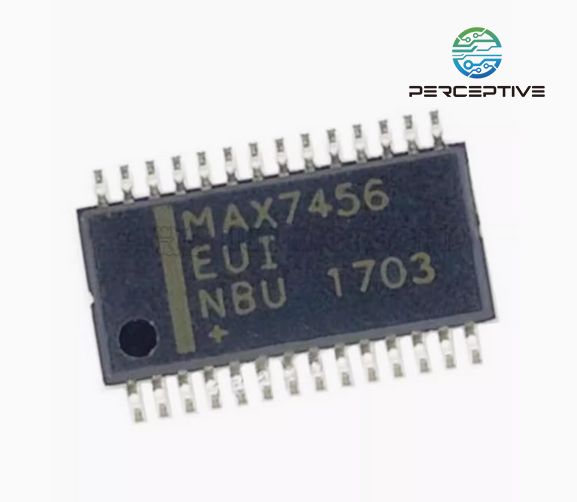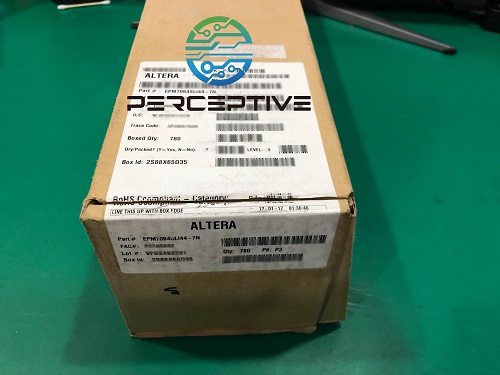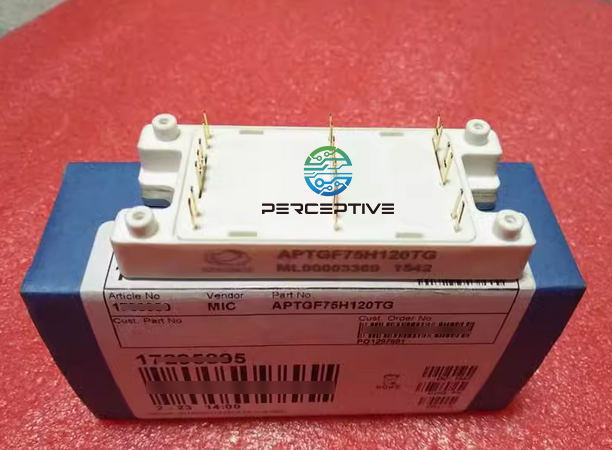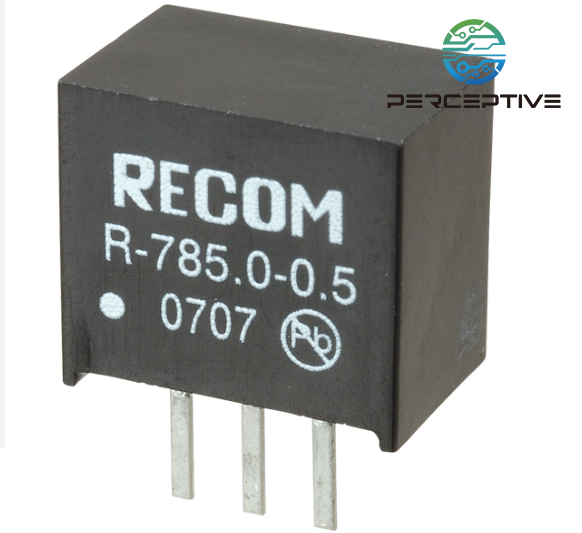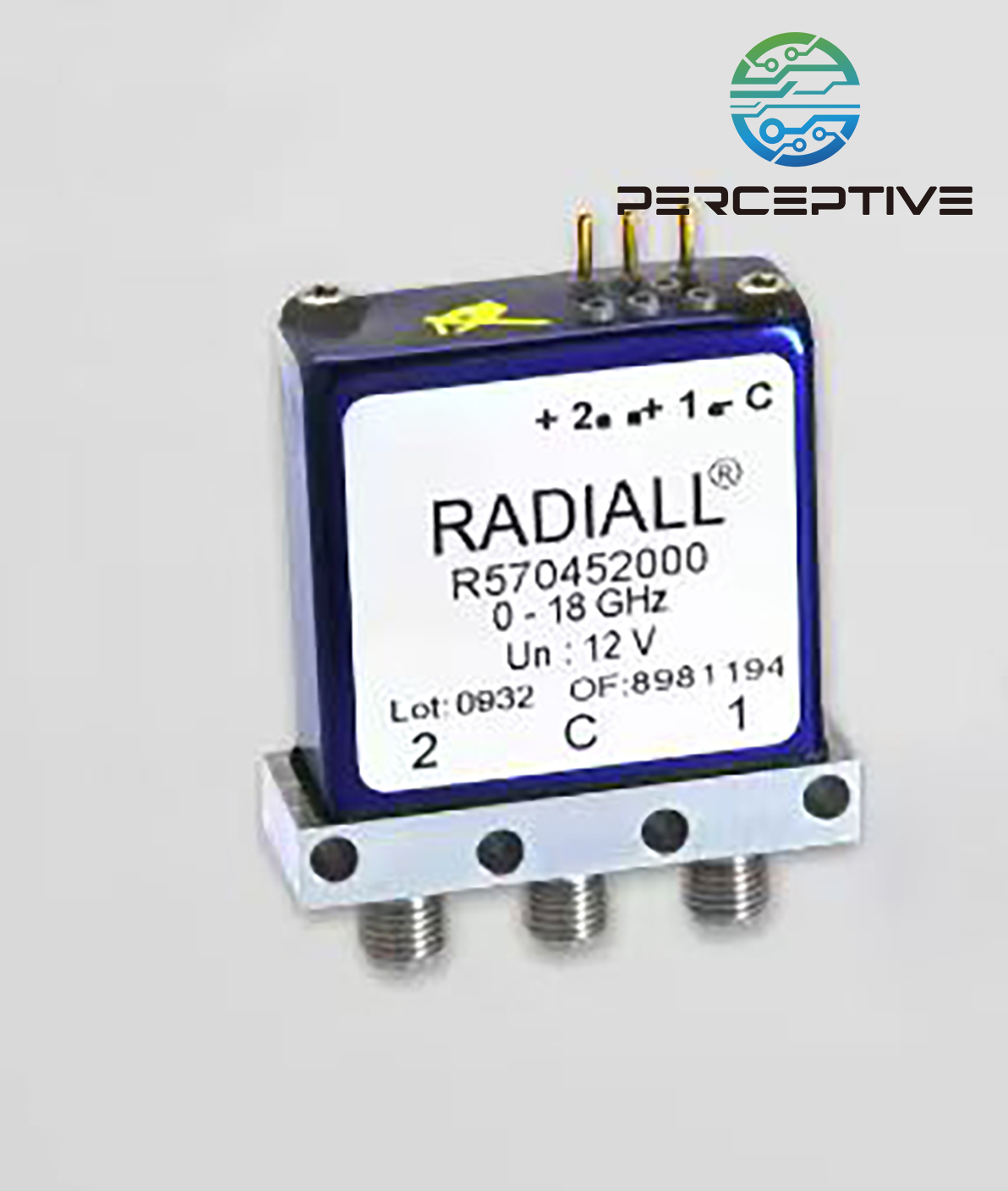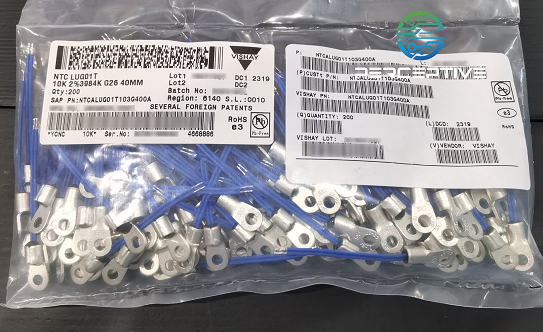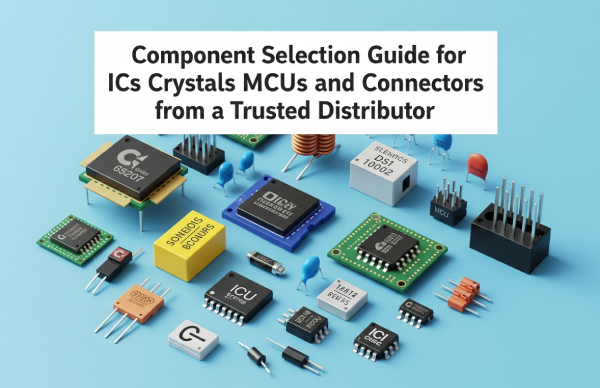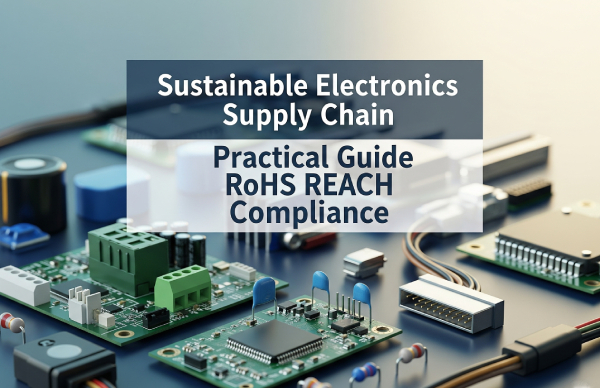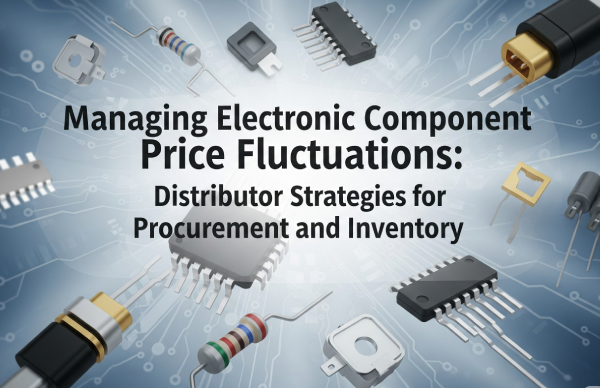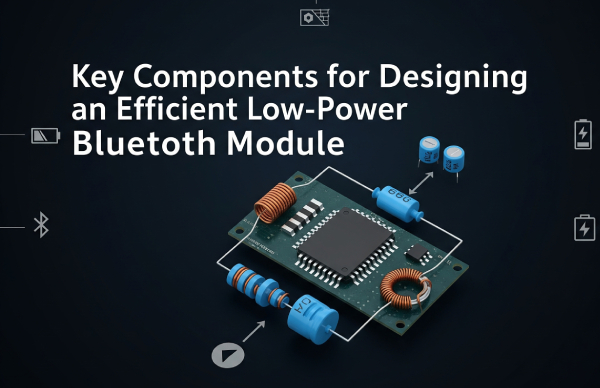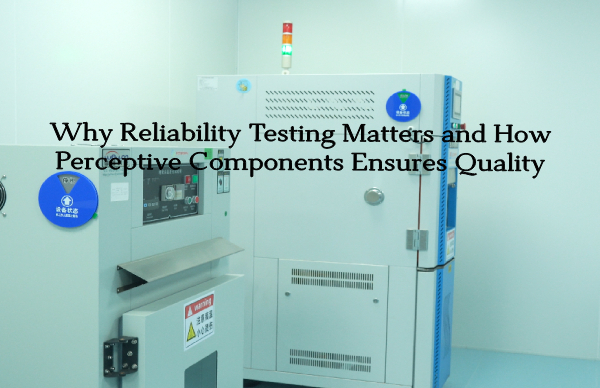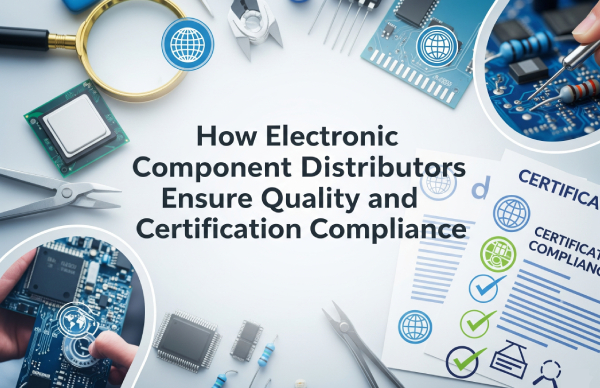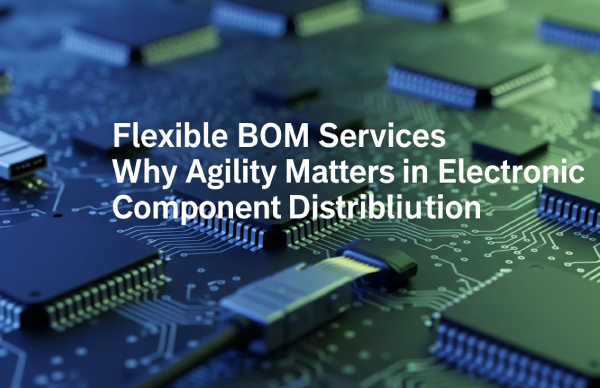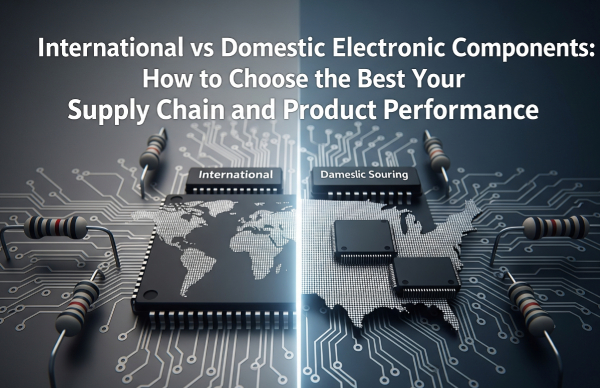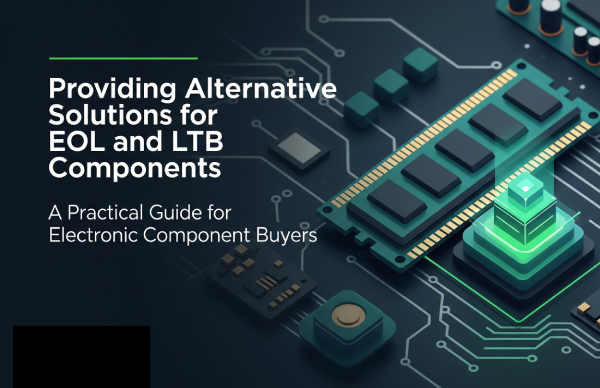In electronic component sourcing, price fluctuations are a reality that procurement teams must navigate effectively. Procurement professionals often face the challenge of securing the best prices for components while maintaining supply chain stability. With the rise of global sourcing and changing market conditions, it's more important than ever to ensure price transparency and perform thorough price comparisons before making purchasing decisions.
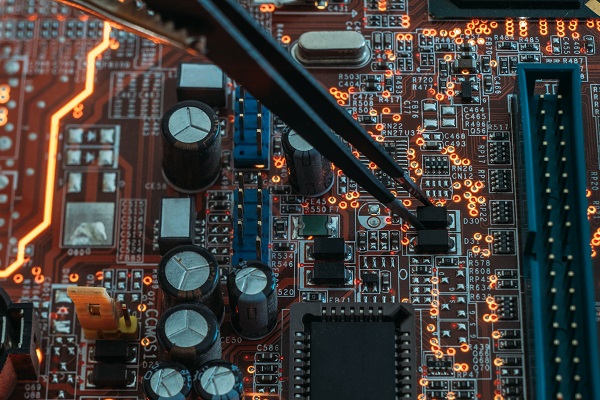
1. The Impact of Price Fluctuations in Electronic Component Sourcing
Price volatility in the electronics industry can stem from various factors, including supply and demand imbalances, geopolitical issues, changes in raw material costs, and fluctuations in currency exchange rates. These factors can cause the prices of components to rise unexpectedly, making it difficult for procurement teams to predict costs accurately.
To mitigate these risks, procurement professionals must adopt a proactive approach to monitoring and managing price fluctuations. Without proper foresight and analysis, businesses can experience unexpected budget overruns, leading to project delays and cost overruns.
2. The Importance of Price Transparency
Price transparency is essential when sourcing electronic components. Procurement teams must have access to clear, detailed pricing information from multiple suppliers to make informed decisions. This transparency allows for better price comparisons and ensures that the prices paid for components are in line with market expectations.
Some suppliers might offer attractive base prices but may include hidden fees, such as shipping costs, taxes, or import duties, that significantly affect the final cost. Ensuring transparency across all pricing factors, including delivery charges, taxes, and warranty costs, helps procurement teams avoid unexpected expenses and make more accurate budget forecasts.
3. The Need for Price Comparison and Multiple Quotes
Obtaining multiple quotes is one of the most effective strategies for ensuring competitive pricing. Procurement teams should reach out to several suppliers for the same component, comparing not only the base prices but also the additional costs that might come into play. This approach allows for better-informed decision-making and ensures that the procurement process is as cost-effective as possible.
While price comparison is important, it is equally crucial to assess the supplier's reputation, reliability, and ability to meet delivery timelines. A lower price may seem attractive, but if a supplier cannot deliver on time or provide high-quality components, the overall cost can become higher due to project delays and potential defects.
Additionally, regularly updating the price comparison process is vital. Components prices can fluctuate depending on the time of year, market conditions, or changes in production schedules. Monitoring these fluctuations over time allows procurement teams to anticipate price trends and adjust their purchasing strategies accordingly.
4. Monitoring Price Trends for Informed Decision-Making
Effective price monitoring goes beyond just comparing prices at the moment of purchase. Procurement professionals must track price trends over time to predict future price movements. By identifying patterns in price fluctuations, procurement teams can make more strategic decisions, purchasing components when prices are more favorable or when discounts are available.
Price monitoring can be done manually or through the use of digital tools that track market trends. These tools provide real-time updates on component prices, allowing procurement teams to stay ahead of market changes. Regular analysis of price history can also reveal opportunities for bulk purchasing, where a higher volume of components might secure a better price or discount.
5. Strategies for Mitigating Price Fluctuations
There are several strategies that procurement professionals can use to manage price fluctuations effectively:
Establish Long-Term Contracts: Negotiating long-term contracts with suppliers can provide stability in pricing. Many suppliers are willing to lock in prices for an extended period, which can help mitigate the risk of sudden price increases.
Bulk Purchasing: Bulk purchasing often comes with significant discounts. By predicting future component needs, procurement teams can buy in bulk at a lower price, reducing the impact of price fluctuations in the future.
Diversify Suppliers: Relying on a single supplier can expose a company to higher risks, especially if that supplier faces internal issues, price hikes, or supply chain disruptions. Sourcing components from multiple suppliers provides more flexibility and the opportunity to switch suppliers if prices become uncompetitive.
Use Forward Buying: This strategy involves purchasing components before price increases occur, especially when price trends indicate rising costs in the future. Forward buying ensures that procurement teams can secure lower prices and avoid the impact of inflationary trends.
Conclusion
Price fluctuations are a natural part of the electronic component sourcing process, but with the right strategies and tools, procurement teams can stay ahead of market changes. By ensuring price transparency, comparing quotes from multiple suppliers, and monitoring price trends, businesses can maintain a competitive edge and manage costs effectively. Perceptive, as a trusted distributor, can help you navigate these market dynamics and secure the best components at competitive prices.

